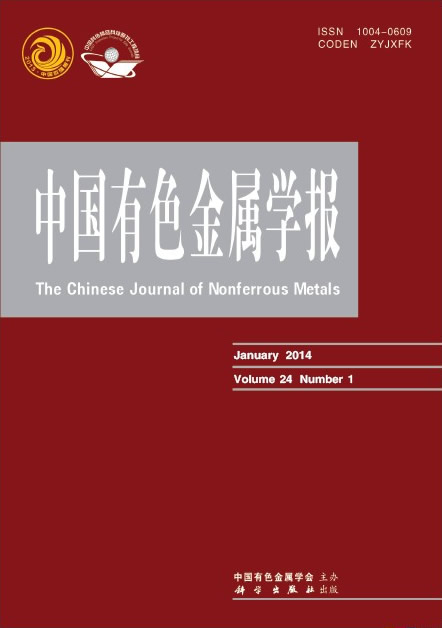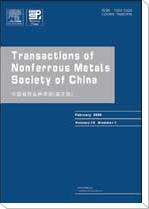中国有色金属学报(英文版)
Transactions of Nonferrous Metals Society of China
| Vol. 35 No. 9 September 2025 |
(1. School of Metallurgical Engineering, Xi’an University of Architecture and Technology, Xi’an 710055, China;
2. National and Local Joint Engineering Research Center for Functional Materials Processing, Xi’an 710055, China)
Abstract:A ZM51 magnesium alloy joint with high intensity and thermal conductivity was fabricated using friction stir welding (FSW) followed by aging heat treatment (AG). During the FSW process, β′1 and β′2 phases formed in the heat-affected zone (HAZ), yet new phases were absent in both the stirring zone (SZ) and thermal mechanical affected zone (TMAZ). After AG, numerous β′1 and β′2 phases emerged in the SZ and the TMAZ of the joint, while only the β′2 phase precipitated in the HAZ. Due to precipitation strengthening, the average microhardness, yield strength and ultimate tensile strength of the joint reached up to 98%, 94% and 88% those of the base metal (BM), respectively. Notably, basal slip , and twinning at and were more prevalent in TMAZ, contributing to the joint’s fracture. Furthermore, the precipitation of β′1 and β′2 phases enhanced the joint’s thermal conductivity, averaging 121.7 W/(m·K), being 112% that of BM.
Key words: friction stir welding; ZM51 magnesium alloy; precipitated phase; tensile property; thermal conductivity


